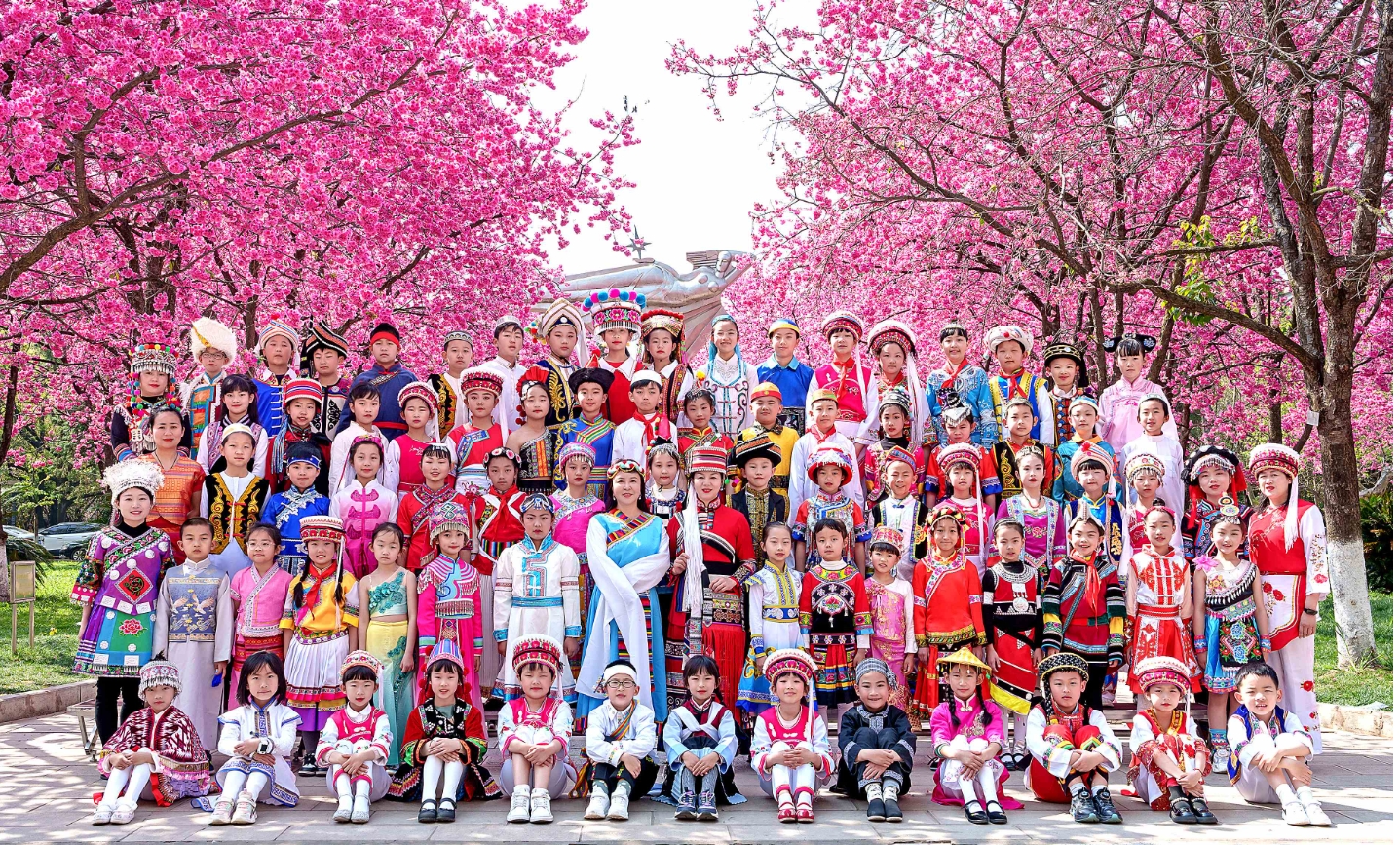Author:
Culturally responsive teaching requires an understanding of the social, political, and historical contexts that shape the learning environment (Howe, Johnson, & Te Momo, 2021).
This article reminds me of my university life, I graduated from Yunnan Normal University, Yunnan is the southwest of China. There are 55 ethnic minorities in China, Yunnan Province has the largest number of ethnic minorities in China, such as, Yi, Dai, Bai and so on. My hometown is a predominantly Han province, so when I came to Yunnan, I found that the street decorations were different from the cities I had seen before, for example, the street food owners would wear different ethnic costumes, and I could taste a lot of traditional food.
My vocal music professor is from the Yi ethnic group, and his teaching method is different from the traditional teaching method, he often takes us directly to dance a Yi dance to express his emotions when he is happy, and he tells us that this is also part of the course, learning to express his emotions with his voice and body, I learned many different ethnic dances in my dance class and experienced the charm of different ethnic groups. In addition, Hui people are not allowed to eat pork, so our school has a special cafeteria for Hui people, which is also not available in my previous school. For the first time in my life, I realized that although we are all Chinese, we have different cultures and even different languages and different scripts, and our program has courses and activities for everyone to explore each other’s cultures.
These events made me realize that we should respect each other’s cultures so that everyone can find a sense of belonging here, and as Joanne Brown said, belonging is both part of the community and connected to all things. The university experience has helped me a lot in my work, my first job after graduation was Beijing No. 1 Kindergarten, at that time many embassy children would come to our kindergarten, so how to solve the living habits of foreign children is one of my jobs, once a British child called my name directly, but other Chinese children try to tell her that this is disrespectful to the teacher. I patiently explained this cultural difference to all the children and made everyone understand that it was due to different cultural backgrounds. While my experiences in Yunnan and Beijing enriched my understanding of cultural diversity, I also encountered challenges in adapting multicultural education to traditional Chinese pedagogical frameworks. In some cases, teachers and parents held differing expectations regarding cultural integration, which required careful negotiation and advocacy for inclusive practices. This also prompted me to set up more multicultural elements in the curriculum, for example, I organized cultural theme days and International Food Dating in my class, where children dressed in different costumes to introduce and share different foods with each other.
This job made me even more eager to explore the wider world, so I came to Canada to be exposed to Indigenous culture, and I admired the wisdom of Indigenous people and their determination to stick to their own culture. I believe that more kindergartens in China should promote the culture of different countries, which will help cultivate children’s global vision, inclusiveness and cultural understanding. Through games, stories, art, and interactive experiences, children learn to respect and appreciate differences through natural exposure to diverse cultures in their daily learning. This not only enriches their cognition, but also lays the foundation for future cross-cultural communication.
Reference
Howe, L., Johnson, R., & Te Momo, F. (2021). Effective indigenization of curriculum in Canada and New Zealand: Towards culturally responsive pedagogies.
Jrmznet. (2024, August 29). Photo of children in traditional ethnic clothing. Retrieved from https://jrmznet.org.cn/sites/default/files/ueditor/35/upload/image/20240829/1724896193716400.jpg

Hi, Chun, thanks for your sharing. It is very impressive for me to go through your study experiences and working experiences. The city where your university is located is a very attractive tourism destination to me, but it is unfortunate that I still don’t have a chance to visit the beautiful and culturally diverse city. In this case, when I saw your education experiences there, I felt also kind of excited and admirable. From my perspective, you are lucky to spend your college time in this beautiful and historical city as we know that 4 years college time is the most precious duration in a person’s life. By the way, it seems that your education experiences in college definitely broaden your horizons and shape your mindset, which eventually helped you adapt to your first job more easily and effectively.
Hi Chun Zuo,
I truly appreciate your personal experiences and your insightful analysis of culturally responsive education. Your journey from your hometown to Yunnan, Beijing, and now Canada is a stunning example of how cultural diversity impacts education. I agree that creating a feeling of belonging is crucial for both teachers and students. Your explanation of cultural differences and the example of the British child calling your name demonstrate your profound understanding of inclusivity. Your efforts to plan international food dating and cultural theme days are admirable; these kinds of events help children develop an awareness for other cultures. I appreciate you sharing your experiences. Your viewpoint on including Indigenous knowledge into early childhood education is motivational and emphasizes the importance of fostering global awareness at an early age.
Your example about how, even though you are all from China, there are many different cultures that need to be celebrated. Allowing that space offers students a sense of belongingness.